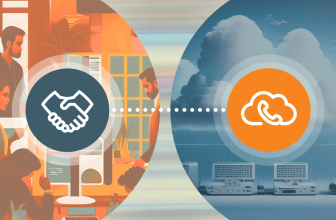iPhone 13 vs iPhone 14-At least 4 new iterations of the iPhone are unveiled by Apple each year, each with intriguing new capabilities. However, the regular iPhone 14 this year isn’t all that innovative compared to previous models; in fact, it’s quite identical to the earlier iPhone 13.
Here is a detailed comparison of the two phones on pricing, size, features, and other factors in case you already have an iPhone 13 and are thinking about upgrading to the most recent model, or you don’t have one and are juggling between which one should you buy – iPhone13 and iPhone14.
Recommended – 10 Hidden iPhone Hacks Tips that Apple all users should know
Disclaimer: This comparison does not include the rest iPhone14 models which are Plus, Pro, and Pro max. So, if you are eager to know the specifications of each model of the iPhone 14 series, then you may view Apple’s official website.
So, let’s get started!
Table of Contents
iPhone 13 and iPhone 14: Display Size, Weight & Color
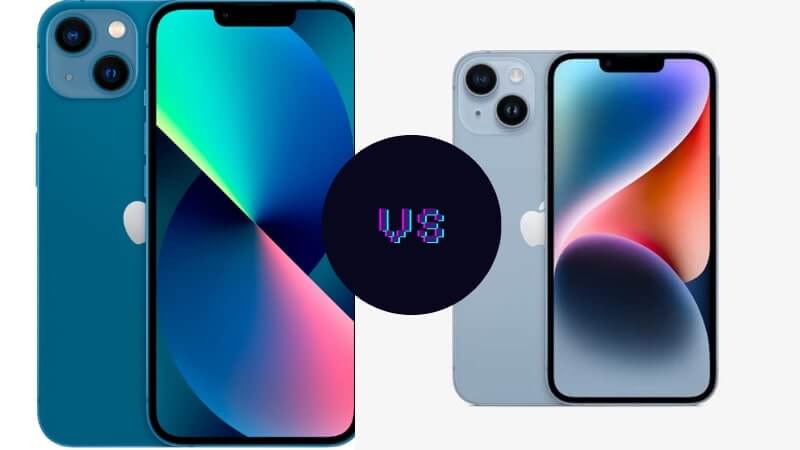
Display Size: The standard iPhone 13 & iPhone 14 are almost equal in terms of size. The 6.1-inch OLED screens on both phones feature a 2532 x 1170 pixel resolution. Both measure 2.82 inches in width and 5.78 inches in height. Additionally, they both feature a ceramic screen and are built of waterproof and dust-resistant aluminum.
Weight: The iPhone 13 is 6.14 oz and measures 0.30 inches thick, whereas the iPhone 14 is 6.07 oz and measures 0.31 inches thick. These are the only two minor variations.
Color Variations: The iPhone 13 comes in a few other hues as well. The glossy iPhone 13 is available in alpine green, pink, blue, midnight, starlight, and (PRODUCT) red (every purchase of this color will contribute to helping covid-19 victims). On the other hand, iPhone is available in blue, purple, midnight, starlight, (Product)red with an outer body made of aerospace-grade aluminum.
iPhone 13 vs. iPhone 14: Camera Quality
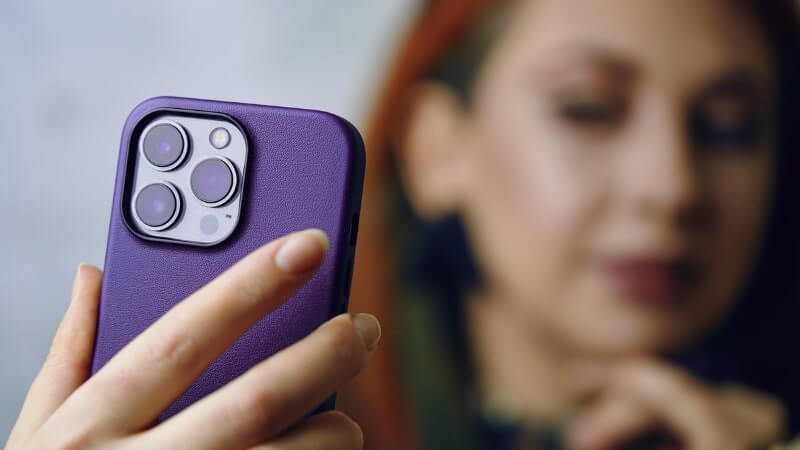
Both phones have three cameras: two on the back and one front camera just above the screen. Both versions have rear cameras that are almost the same. Both smartphones offer 12-megapixel main cameras with 2 times optical zoom and 5 times ultra-wide sensors.
Difference: The iPhone 14 differs in that it includes both an “Action mode” which dynamically stabilizes shaky films and a “Photonic Engine,” an additional processing step that makes your images seem sharper. Additionally, the iPhone 14’s front-facing selfie camera now features autofocus, enabling you to snap sharp pictures even when you’re photographing various subjects from various distances.
Recommended – 20 Most Famous Photo Editing Apps For iOS
iPhone 13 vs. iPhone 14: Internal Hardware Components
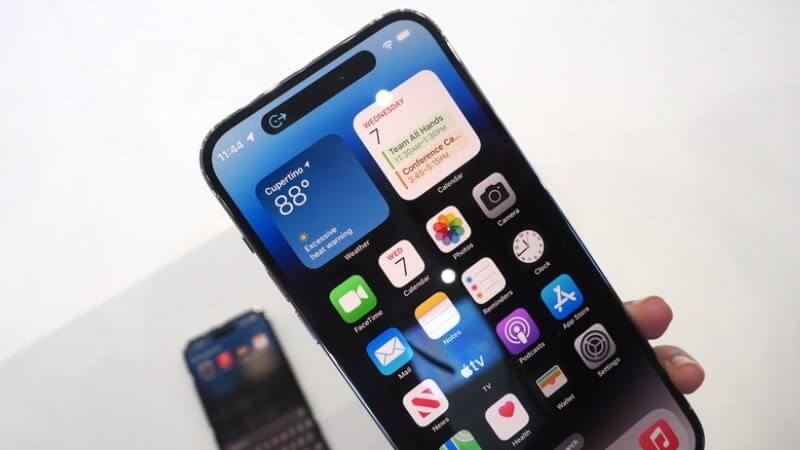
The inside Bionic chip of both iPhones is arguably their most striking commonality. Apple’s A15 Bionic processor, one of the greatest systems on a chip architecture on any smartphone, powers both devices. The device’s CPU, video card, image engine, and AI neural processor are all housed on one chip.
Difference: Both devices share the A15 processor, although the iPhone 14’s CPU offers a few minor advancements. Since the iPhone 14’s GPU has five cores as opposed to of iPhone 13 four, action games and films run more smoothly while using less power.
iPhone 13 vs. iPhone 14: Battery Life
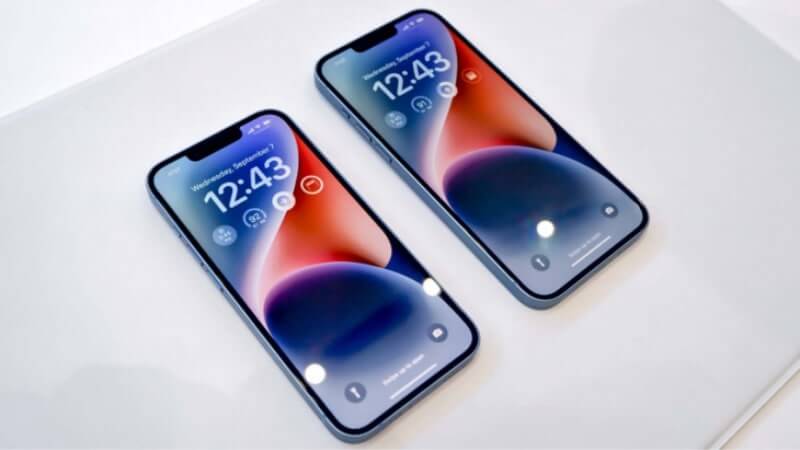
The improved A15 Bionic processor in the iPhone 14 also allows for increased performance from each battery charge. Apple’s studies show that the iPhone 14 can operate continuously while watching films for nearly an hour more than the iPhone 13.
Both iPhones allow wireless charging through Qi and magnetic MagSafe, as well as quick charging via Lightning cable when using a 20W adaptor.
So, what’s new with iPhone 14?
The iPhone 14 comes with some new features that the iPhone 13 doesn’t have. Here are them:
Emergency Satellite SOS Connections: This function enables you to text emergency responders even when you don’t have a mobile signal, comes with a free two-year membership when you purchase an iPhone 14. It accomplishes this by linking to satellites orbiting the Earth, which then communicate your messages and whereabouts to rescue personnel on the ground.
Built-in Force Sensor: This feature lets recognize whether you’ve been in a vehicle accident. If an accident is detected, the sensor will automatically offer to summon emergency services; if you are unable to react, it will call them on your behalf.
eSIM Cards: The iPhone 14 also doesn’t make use of actual SIM cards. You must instead use an eSIM. All you need is an account with a phone carrier that supports them; you don’t even need to spend money for this or have a Wi-Fi network to install it.
iPhone 13 vs iPhone 14: Price
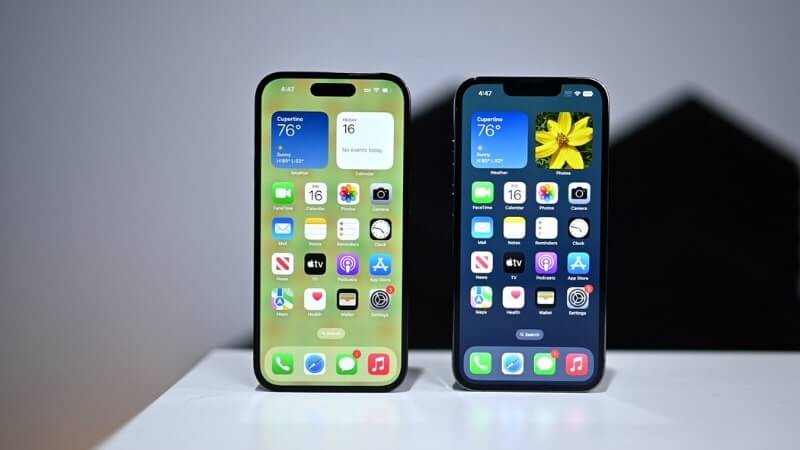
With the iPhone 14’s beginning price of $799, the pricing is unchanged and in accordance with rumors’ predictions. The bigger iPhone 14 Plus, on the other hand, costs $100 more and starts at $899. Unfortunately, the price of the iPhone 14 has increased significantly in the UK and the EU(opens in new tab), rising by £70 and €100, respectively.
Additionally, the cost of your device will vary based on how much storage space you choose. The same storage options – 128GB, 256GB, and 512GB – are available on both iPhone 13 and iPhone 14, but they are priced differently. As an example, you will have to pay $799 ($100 extra) for iPhone 14 128GB, while iPhone 13 128GB will run you $699.
Which one is worth buying – iPhone 13 or iPhone 14?
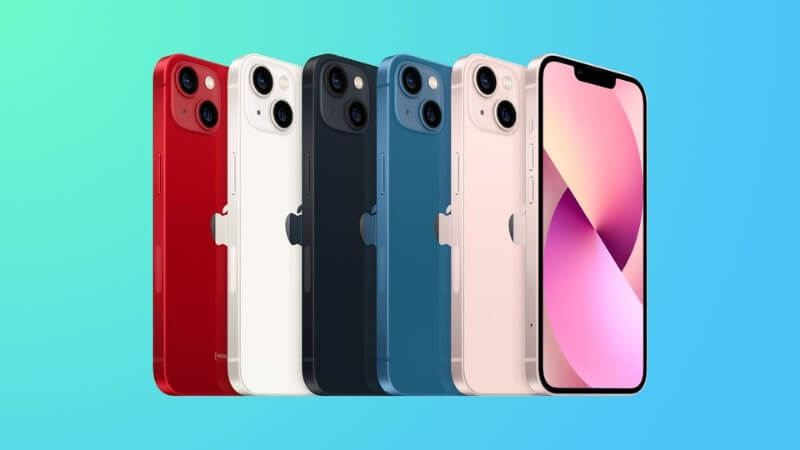
There isn’t much of a need to purchase an iPhone 14 if you are currently using the iPhone 13 and it is still in good condition. They are the same size, have almost identical functionality, and support the same apps. The iPhone 14’s sole upgrades are a marginally improved camera and two features – emergency satellite SOS and automobile collision detection – that you probably won’t use.
Recommended – How To Set Time Limit For Apps On iPhone?
However, the iPhone 14 can be a good buy if your current iPhone is malfunctioning or is a couple of years old. It costs just $100 higher and has one of the greatest internal CPUs money can buy in addition to a terrific camera.
Whichever model you choose, Apple will continue to support it for the next several years. You don’t need to make a decision right away because Apple won’t release the iPhone 15 for yet another year.
We hope you found this blog informative. Share your thoughts in the comment section below. We would be glad to hear from you!



